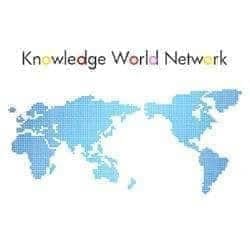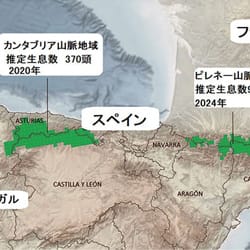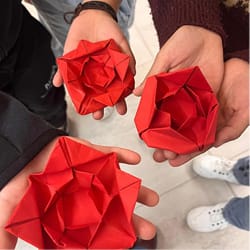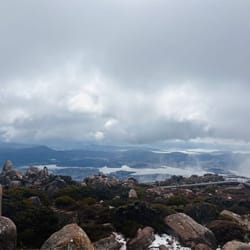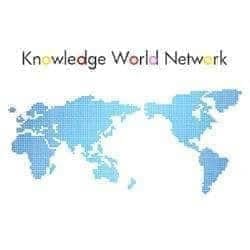
My workplace, Julio César Tello Paracas Museum, is the place to learn all about Paracas culture, the culture that developed in Paracas, Pisco Province, Ica Region, before the Inca Empire, between 700 BCE and 200 CE. The museum began by publicly exhibiting artifacts excavated in Paracas and now displays artifacts like pottery, textiles, and mummies, from Paracas Bay and Nazca. In 2016, the museum re-opened in a building designed by world-famous architects Sandra Barclay and Jean Pierre Crousse! It is a very stylish building. The museum has permanent exhibition galleries and special exhibition galleries. The museum will hold a Yamamoto Shoko Exhibition in the special exhibition galleries from July to September 2025, so if you are thinking you might like to try a trip to Paracas, please come in time for the exhibition.

The name of the museum, “Julio César Tello,” is the name of the archeologist who discovered Paracas culture in 1925. Mr. Tello is called the father of Peruvian archeology and there are monuments to him in every single museum in Peru. His birthday, April 11, is the “Día del arqueólogo peruano” (“Peruvian Archeologists’ Day”), a day when archeologists are massively celebrated, so he is just the most amazingly important person in the world of archeology in Peru!!

I digress, but most museums in Peru are named after people. For example, the Regional Museum of Ica "Adolfo Bermúdez Jenkins", and so on. It’s a long name though, isn’t it?

To digress even further, the full names of the people I live and work with generally include 2 given names and 2 surnames. For example, Jesus (given name [1]) Soledad (given name [2]) Mostacero (father’s surname) Espinosa (mother’s surname). It is actually quite hard remembering the full names of my colleagues. Some people never use a given name (1), or they use a given name (1) at school or work and a given name (2) just at home, so people use their names in different ways. Plus, popular given names have set nicknames, and you’ve got to remember them too. (Although you’ll live even if you don’t remember them.) For example, here is what some of the names and their nicknames are like.
Name: Jorge Nickname: Coco
Name: José Nickname: Pepe
Name: Mercedes Nickname: Merche
Name: Francisco Nickname: Pancho
Name: Eduardo Nickname: Lalo
Name: Antonia Nickname: Tonia
Name: Rosario Nickname: Charo
Name: Alberto Nickname: Berto
Why is Coco the nickname for Jorge? Knowing the reason might make it easier to remember, but in most cases, there is no correlation between the sounds, and you do remember them, despite thinking how difficult it is to remember them.
Well, I said I would tell you this time about the museum where I work, but I have ended up talking about how hard it is for me to remember Peruvians’ names. Next time I want to tell you more about the museum!

Well, that’s “adios” for now! This has been Shoko Yamamoto in Paracas, Peru.










